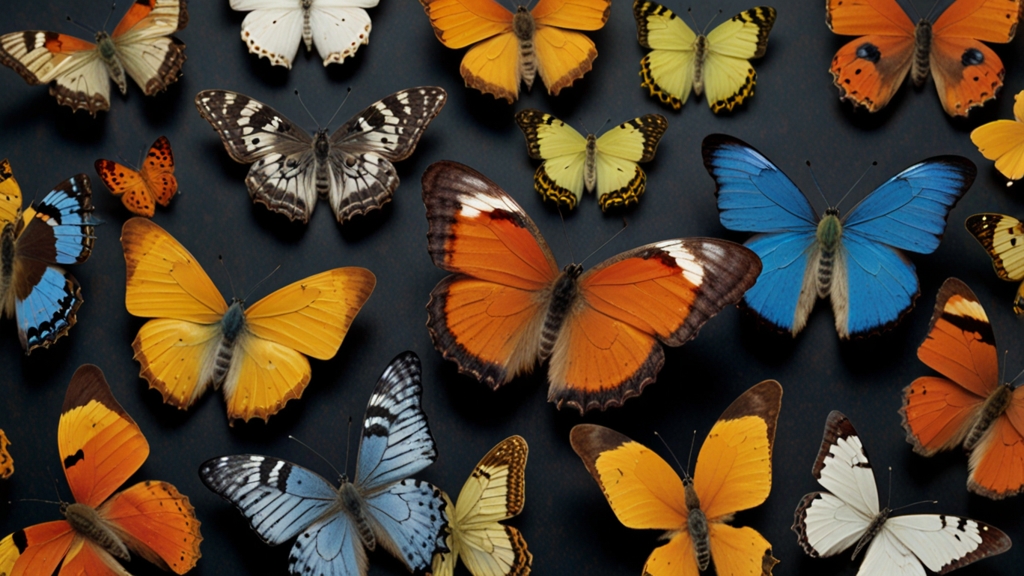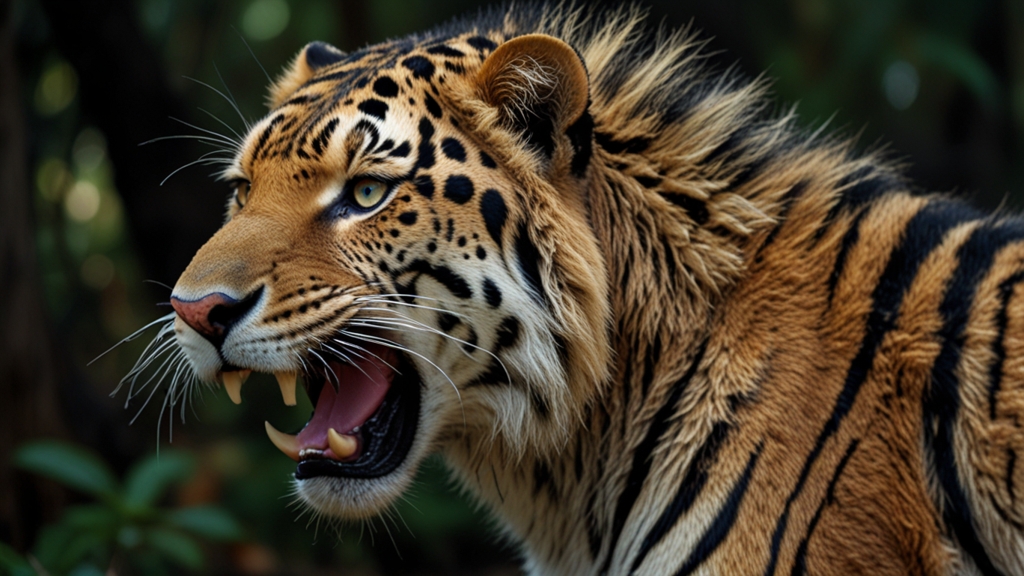The Colorful World of Butterfly Mimicry: Who's Who in the Insect Kingdom
Butterflies are one of the most enchanting creatures in the natural world, known for their vibrant colors and intricate patterns. However, what makes them even more fascinating is their remarkable ability to mimic other species. Butterfly mimicry is a complex evolutionary strategy that has captured the interest of scientists and nature enthusiasts alike. This article delves into the colorful world of butterfly mimicry and explores the intriguing roles of these winged wonders in the insect kingdom.
Mimicry: A Survival Strategy
Mimicry in butterflies primarily serves as a defense mechanism against predators. By imitating the appearance of other unpalatable or toxic species, these butterflies can avoid being eaten. There are two primary types of mimicry in butterflies: Batesian and Müllerian mimicry.
Batesian Mimicry
Named after the English naturalist Henry Walter Bates, Batesian mimicry involves a harmless species imitating a harmful or distasteful one. The harmless species, known as the mimic, benefits from its resemblance to the harmful species, known as the model, because potential predators mistake it for the toxic butterfly and steer clear.
One of the most famous examples of Batesian mimicry is the relationship between the Viceroy and the Monarch butterflies. Monarch butterflies are toxic due to the milkweed plants they consume as caterpillars. Predators learn to avoid them after an unpleasant experience. Viceroy butterflies, which are not toxic, have evolved to look remarkably similar to Monarchs. As a result, they are often mistaken for their noxious counterparts and enjoy the same protection.
“Nature often employs mimicry in its survival toolkit, turning ordinary organisms into masterful imposters.”
Müllerian Mimicry
Müllerian mimicry, named after the German naturalist Fritz Müller, involves two or more harmful or distasteful species evolving to resemble each other. Unlike Batesian mimicry, where only the mimic benefits, all participating species in Müllerian mimicry benefit. Predators are more likely to avoid them, having learned from prior encounters with any of the harmful species.
The genus Heliconius is a prime example of Müllerian mimicry. These butterflies are known for their bright warning colors and toxic nature. Several species within this genus share similar color patterns, which reinforces the avoidance behavior in predators. This mutual resemblance enhances the survival rate of all involved species.
Mimicry Beyond Butterflies
While butterflies are often highlighted for their mimicry, it's a fascinating phenomenon observed across the insect kingdom. For instance, some moths mimic the appearance of wasps or bees, both of which are often avoided by predators due to their stingers. This form of mimicry enables moths to move about with less threat from predators.
“Mimicry isn't just limited to butterflies; it's a widespread evolutionary marvel that spans across various insect species.”
The Genetic Basis of Mimicry
Recent advances in genetic research have unveiled the complex genetic underpinnings of mimicry. Scientists have identified specific genes responsible for the color patterns in mimetic butterflies. Studies have shown that these genes can be transferred between species, allowing rapid evolution of mimicry traits.
For example, research on the Heliconius butterflies has revealed that a small number of genetic changes can produce significant alterations in wing patterns. This genetic plasticity is crucial for the butterflies' ability to adapt and survive in diverse environments.
Conclusion
The world of butterfly mimicry is a testament to the ingenuity of natural selection. Whether through Batesian or Müllerian mimicry, these delicate insects have perfected the art of deception to ensure their survival. The study of mimicry not only captivates our imagination but also offers profound insights into the mechanisms of evolution and adaptation. As scientists continue to unravel the genetic mysteries behind these patterns, we can only marvel at the intricate and colorful tapestry of life in the insect kingdom.
“The study of mimicry reveals nature's profound creativity in the evolutionary dance of survival.”





